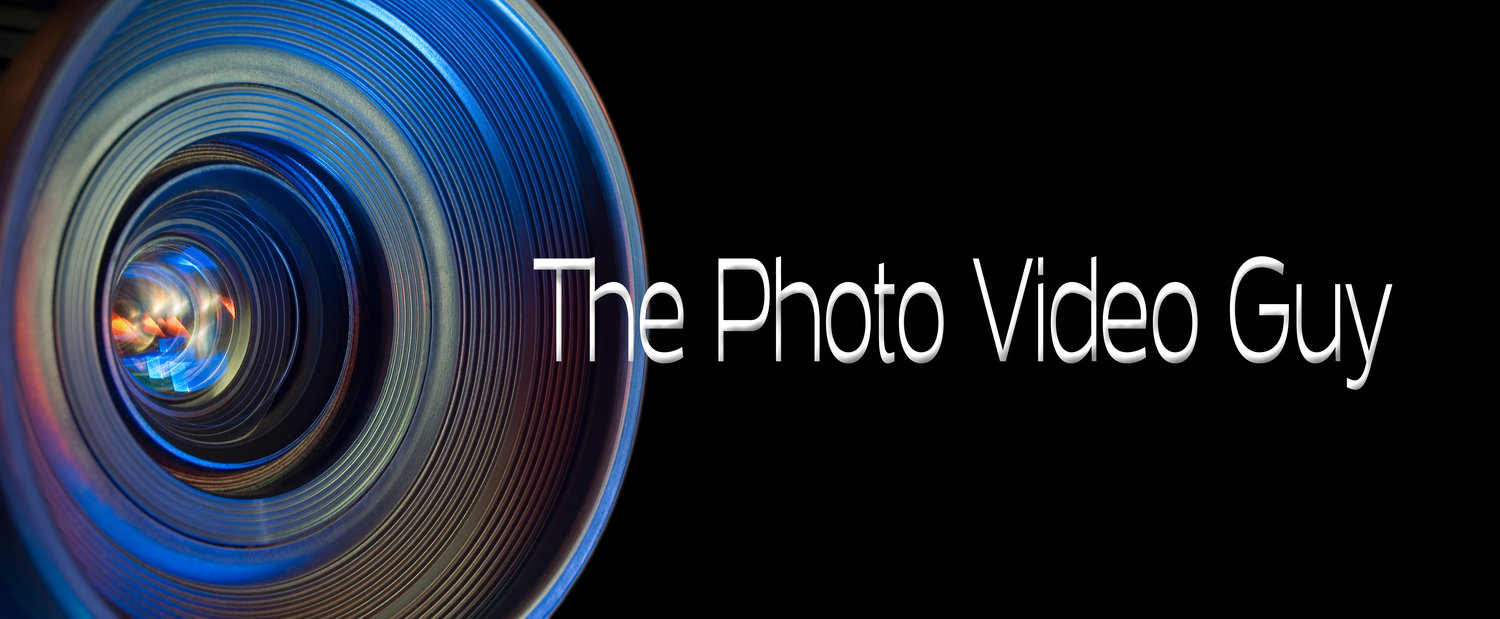Craft and Film
/Hello all. A couple of weeks back a member of my club named Simon did a fabulous presentation on why in the digital age he chooses to shoot on film.
It’s certainly not because film is trendy, although is appears to be. In fact, Simon states straight up that film is not as sharp as digital and acknowledges that film has less than half the dynamic range of even inexpensive digital sensors. So one might ask why he, and others, would choose a medium that is more work, less automated and produces outcomes of allegedly lesser quality.
My interpretation of his rationale and heavily weighted by own, is because of CRAFT. Specifically, the craft of making images that matter to the maker and perhaps to other viewers. I recognize that my own position of not caring what other’s opinions might be is an outlier, but I don’t think it impacts the decision.
Simon takes the position and I agree, that images made on film, feel more “real”. Less exacting, perhaps less technically precise, smoother in flow and having greater “legs” over time.
He also does not align with a single film format. Yes he shoots 35mm film, but also 120mm roll film and 4x5 sheet film. He understands and his work demonstrates that true medium format in the 6x6 cm or 6x7 cm frame has a different look entirely from a digital medium format camera that may only actually deliver 6x4.5 cm frames if that. There are medium format named digital cameras whose sensor size is quite a bit smaller than that and while fine products, they cannot deliver the look of true medium format.
When it comes to 4x5 inch sheet film, digital cannot get there. No matter what you do with a sensor, unless it is also 4x5, digital will never look like or feel like 4x5 film. We also don’t find the true value prop of sheet film because digital cannot deliver tilt, swing and shift like a sheet film camera. I do have a Hasselblad digital camera and the tilt shift adapter for it and while it is excellent, it doesn’t deliver the feel of what I can take on my 4x5 on plain old sheet film.
Film is also naturally constraining. ISOs are uniformly low and even with a two stop push, you might get to ISO 1600 before the grain falls apart. We are accustomed to using high ISOs in our digital cameras, a wonderful thing, but also a means to avoid some of the craft of making an image. Film cameras don’t support super high shutter speeds, or super long shutter speeds for that matter, and there are considerations and constraints with chemical based options that never appear in digital. A film shooter might understand reciprocity failure, most digital shooters have likely never had to concern themselves with it.
Thus, while some may say that film and digital are just different roads to the same outcome, the facts say that this is not true. I’m not saying that digital should be dropped at all. For someone who started as a film photographer, there are many benefits that digital brings, but for some people, it is too fine, too clinical and takes away from the craft of image making.
Film is definitely more complex. Not just in the capture of the image onto film, but also in how the film is developed, and how those negatives or positives get turned into physical prints. Prints are the natural and optimal outcome for any image as we all know. Film is also more limiting. A roll of film in a 35mm camera will be rated for 36 frames. Maybe you get 1 or 2 extra, but every frame counts and the data shows us that film photographers make a lot fewer images per unit time, and because of the intent and planning involved, generally have a much higher success rate. In my case, and in Simon’s we can say that a single image made on 4x5 sheet film occupies about 30 minutes of our time per image. That’s a lot more thinking and planning than on digital. When I started as a wedding photographer, shooting 120 and 35, I might expose three rolls of 120 for a total of 30 shots and 1 or 2 rolls of 36. In the digital world, a thousand shots at a wedding is not unusual. I cannot speak for anyone else, but I can say that for me, that massive increase in volume did not mean more better images to cull down to an album, it only meant more images to have to sort through.
Film is naturally constraining. It is certainly more demanding of the photographer. If you find yourself burnt out in your photography or feel that it’s been quite some time since you crafted an image that you really love, it might be worth your while to get yourself an old used film camera and see how it helps you see and perform your craft differently.









